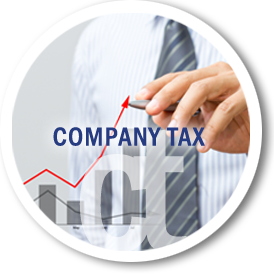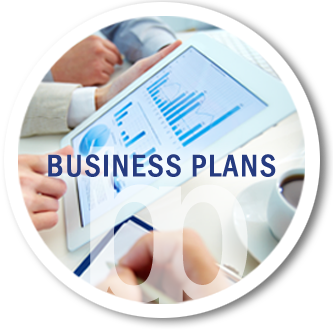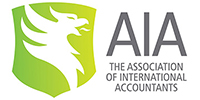As businesses look to rebuild and recover from the trading challenges of COVID-19 in the coming weeks and months it is vitally important that they manage and maintain good cash flow to ensure they remain viable and can trade.
To manage cash flow effectively, businesses need to be able to forecast how they will perform. A well-prepared forecast can help to:
- Predict sales performance
- Estimate cost and spend expectations
- Indicate when cash will come into and leave a business
Armed with this information, a business will be able to make important decisions in the knowledge that it can react effectively.
As a minimum, a business should look to compile a 30, 60 and 90-day cash flow forecast, but longer forecasts can also be useful up to a point.
Be aware that long-range forecasts may be less accurate as they will not be able to take into consideration future changes to business rules or the economy.
Preparing a forecast
The first element should be a sales forecast. This is the starting point of a profit and loss forecast, which can then be used to create a comprehensive cash flow forecast.
A sales forecast will include an estimate of how much you expect to sell in the future, normally broken down by month.
To create these estimates, you should look at your previous year’s sales figures to see whether there are any trends or seasonal variations.
You also need to take into consideration the introduction of new products or services and the expected market for these.
Additionally, if you plan to make more sales in a particular area, build that into your forecast. This should include any new contracts or retained work that is anticipated during this period.
At this stage, do not include any tax on the products or services sold as this will be incorporated later into the cash flow forecast.
The next stage, a profit and loss forecast, combines your business’s income and its costs to give you a projected profit figure for the future. By preparing this you should be able to:
- Estimate how much tax the business will be liable for
- Understand the costs of launching new products
- Gain an indication of loss-leading products and/or the first indications of negative cash flow.
Be sure to include costs in the month that you incur them, rather than the month that you pay for them.
All cash flow forecasts are prepared based on payment dates, but a profit and loss forecast must be prepared based on when you incur your costs.
At this stage, you can estimate and include VAT costs into the forecast. However, large one-off costs should not be included until the final cash flow forecast.
Using the information gathered so far you should now be able to build up an idea of cash flow within the business and prepare an accurate cash flow forecast that takes into consideration sales, profit and costs.
Drawing up these forecasts for your business needn’t take long, but it doesn’t hurt to seek professional assistance to ensure that forecasts are accurate and so that you have the advice to act on the information you receive.
With the advent of the latest cloud accounting technology, it has never been easier to effectively and accurately forecast cash flow.






